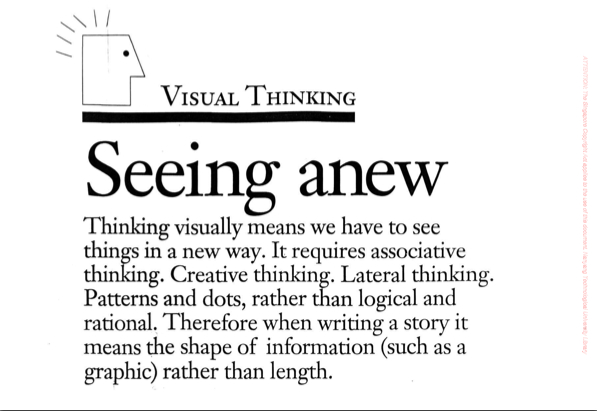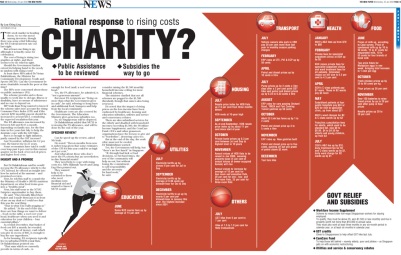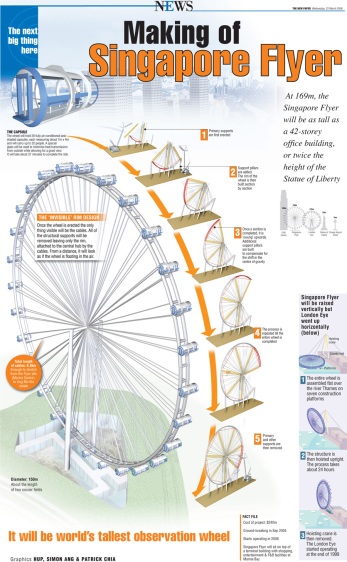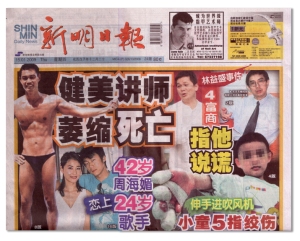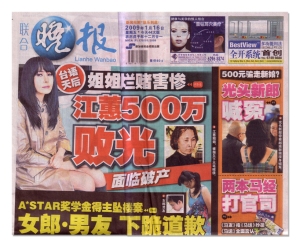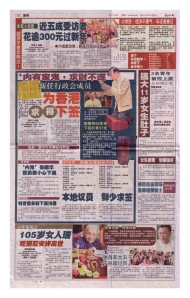A day before ST’s latest redesign launch, the typeface for its masthead was changed from Popular (only shred of it left is in ‘THE’) to Big Caslon, said Peter Thomas Williams who was part of the redesign team. While Popular failed to live up to its name, because it was thought to be “western” and “old-looking”, Peter, who is also design editor of my paper, said that the biggest factor when he chooses typefaces in his eight years of working in Singapore Press Holdings (SPH), is actually cost.
While he declined to go into specifics, one can do the math based on price lists online. Purchasing one typeface like Big Caslon for use on up to 1000 computers would already cost more than S$5,000. Considering the ST redesign itself involved about four typefaces, multiply that to the cost of installation for more than a thousand computers in SPH and one begins to see how cost becomes a major factor in his typeface choices.
It was on such an “extreme budget” that led Peter, who used to work in a design consultancy in Ireland and as a visual communications lecturer in South Africa, to draw the nameplate of SPH’s Indian diaspora newspaper, Tabla, instead of purchasing a typeface. This was based on three different typefaces: Popular and Calvert for Tabla and the exclamation mark from Bauer Bodoni, which he felt looked like the Indian architectural style.
Costs aside, another important factor is the amount of space a typeface takes up, especially for use as body copy. If it is designed for newspaper use, a typeface is usually efficient in its space management, having a shorter x- and y- height (think shorter x and y and applied to all 26 letters) and kerning (space between letters) is even. A typeface that takes up too much space would mean story lengths have to be shortened to keep the same amount of news on a page. “If you choose a typeface that is beautiful but it is knocking off four paragraphs, it is useless.” he said.
A final factor in choosing a newspaper typeface is how intricate it is as newspapers are printed on paper quality that is “like toilet paper”. Thus, a font with intricate serfis would not come out looking good as the ink is likely to seep causing such details to be lost.
—
In the next part of this interview, The Paginator asks Peter how it was like redesigning ST twice, The Sunday Times and My Paper.


